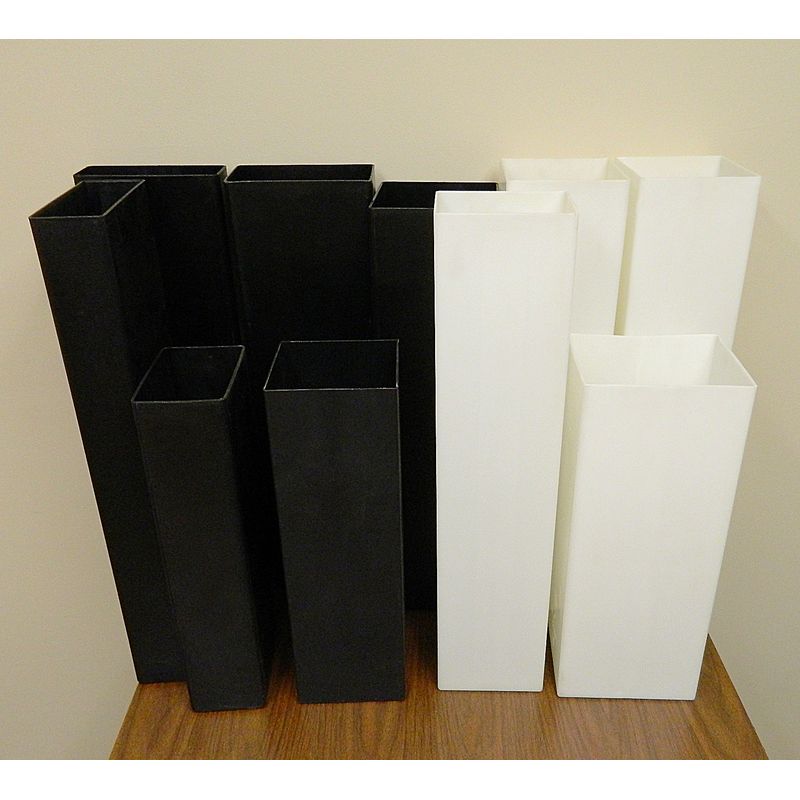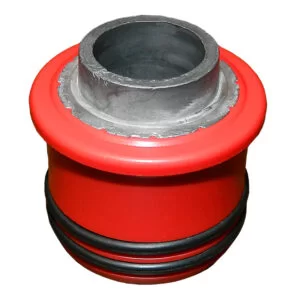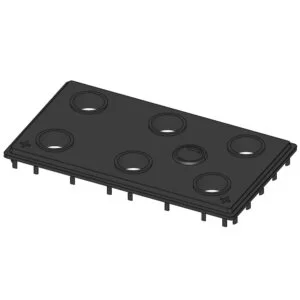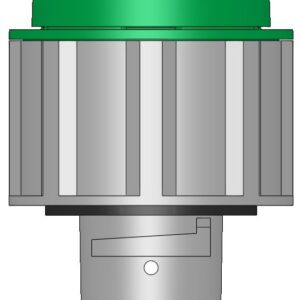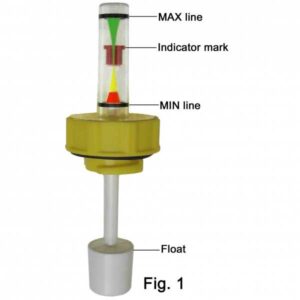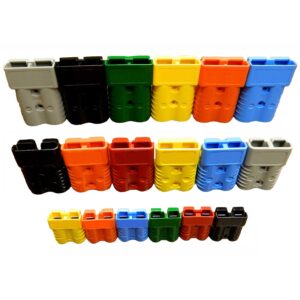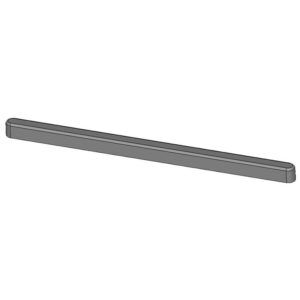Description
What is a battery jar?
A battery jar is one component that battery makers use to form a lead-acid battery. As the name implies, battery jars were originally made of glass. Modern battery jars are made of plastic such as polypropylene or polyethylene since they are not harmed by battery acid. The most common size jars range from 5-plate to 33-plate batteries and are made by several companies in different heights up to 34″ or more. This jar is also called a battery container or battery case.
What other parts are needed to make a battery?
The main part is the set of positive and negative lead plates. The acid reacts with the plates to generate electricity. The other components may vary depending on the maker and battery type, but here is a list of the most common parts.
Battery Bridge Rest
The bridge rest is placed on the floor of the jar to hold the lead plates. In all lead-acid batteries, small particles form which fall to the bottom. Further, if this debris builds up on the lead plates, it can cause a short circuit and ruin the battery. For this reason, a bridge rest acts as a spacer to make room for the debris to settle below the plates. This extends the life of the battery by stopping short circuits.
Battery Element Protector
In like manner, an element protector, also called a moss guard, has the same role. It is placed on top of the lead plates to block debris from forming a layer across the plates, thus stopping short circuits.
Battery Edge Protector
The edge protector is placed on the top of single lead plates to guard them against damage during assembly. It also covers the top edge and helps to stop shorts.
Battery Cell Cover
The battery cell cover is welded to the top of the jar, forming a leak-proof seal.
Floating Battery Post Bushing
Over time, the positive post grows upward. This growth would damage the cover if the lead post were affixed to the battery cell cover. The floating bushing stops any damage by moving upward at the same rate as the post, and the O-rings on the bushing maintain the seal against the cover.
Battery Vent Caps
All lead-acid batteries form gas in them, mostly when they are being charged. This gas will build up pressure and cause damage unless it can escape. A vent cap solves this issue since it lets the gas exit from the battery.
There are many types of vent caps. Some have a flame arrestor, and some do not. Other types such as Water Miser Battery Caps can slow the rate of water loss. Some vent caps must be removed from the battery so that more water can be added. Others have a flip-open top that lets them remain on the battery while checking the level or adding water. A speed vent cap is made up of 3 or 4 vent caps that are all connected, thus letting you install or remove all of them at the same time. Which type you choose depends on what options you need and on how much you want to spend. To help you choose, our FAQ page has a chart that shows our various vent caps and their features.
What are lead-acid batteries used for?
Small batteries are mainly used in motorbikes and cars. Large deep-cycle batteries are used for a wide variety of things such as forklifts, golf carts, solar arrays, and more. They are used to provide backup power where a constant power source is vital.
